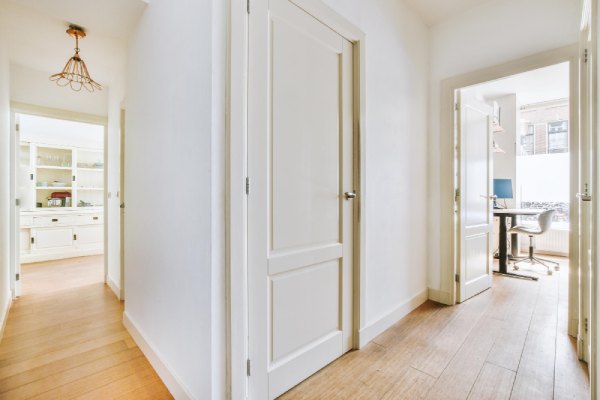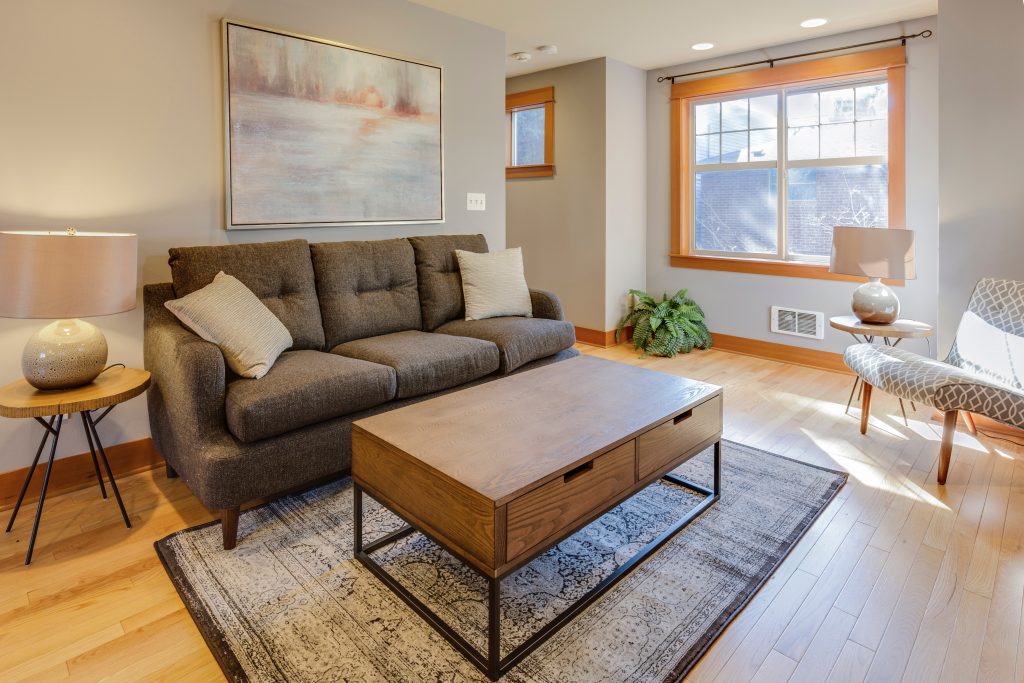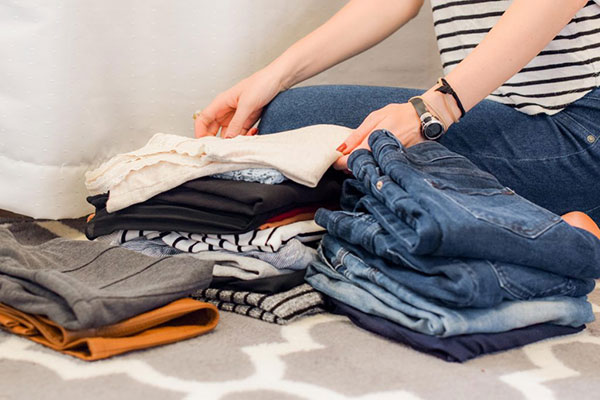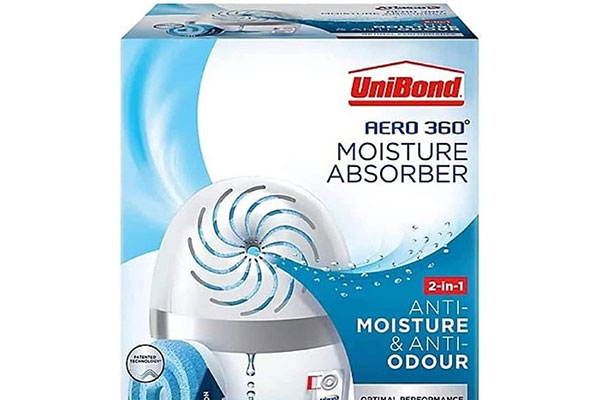Plastering is a crucial part of building and renovation projects, providing a smooth, even surface ready for decorating. However, one of the most critical stages in plastering is the drying process. This phase ensures the plaster sets properly, becomes strong, and prevents issues like cracking or uneven finishes. Many people wonder if using a dehumidifier can help speed up this process. The short answer is yes, but there are some essential factors to consider to do it effectively and safely.
Understanding the Drying Process of Plaster
Freshly applied plaster contains a significant amount of water. As the plaster dries, this moisture evaporates into the surrounding air, and the plaster changes color, transitioning from a dark, wet hue to a lighter, dry tone. Proper drying is critical because rushing the process can lead to problems like:
- Cracking: If the plaster loses moisture too quickly, it can crack, compromising its structural integrity.
- Weak Bonding: Uneven or improperly dried plaster might not adhere well to the substrate.
- Poor Finish: Paint and finishes applied on inadequately dried plaster can peel, bubble, or flake.
The drying time for plaster depends on several factors:
- Thickness of the application – Thicker layers take longer to dry.
- Ambient temperature and humidity – Warm, dry conditions promote faster drying.
- Ventilation – Good airflow helps moisture escape more efficiently.
How a Dehumidifier Can Help
Dehumidifiers work by pulling moisture from the air, lowering humidity levels, and creating an environment where water evaporates more quickly. In the case of plaster, a dehumidifier can be a valuable tool to accelerate drying in damp or poorly ventilated spaces.
Benefits of Using a Dehumidifier:
- Faster Drying Times: Dehumidifiers speed up evaporation by reducing air moisture, making them especially useful in high-humidity climates or during rainy seasons.
- Prevents Mold Growth: By keeping the room dry, a dehumidifier minimizes the risk of mold forming on damp plaster.
- Controlled Drying: Unlike direct heat sources, a dehumidifier provides gentle drying without causing extreme temperature changes that could lead to cracking.

Meaco MeacoDry ABC Dehumidifier
Ultra Quiet Dehumidifier and Energy Efficient
Important Considerations When Using a Dehumidifier
While dehumidifiers can help, there are some crucial points to keep in mind to ensure effective and safe drying:
1. Use It at the Right Time
- Avoid using a dehumidifier immediately after applying plaster. Plaster needs an initial period to set, during which moisture is required to aid the curing process. Using a dehumidifier too early can dry out the surface layer prematurely, trapping moisture underneath.
- Wait until the plaster has begun to firm up—this can take anywhere from 24 to 48 hours, depending on conditions.
2. Control the Settings
- Set the dehumidifier to a moderate level to prevent overly rapid drying. Most modern dehumidifiers allow you to control humidity levels, and a setting between 50-60% relative humidity is generally suitable.
- If the room feels warm and dry, avoid setting the dehumidifier too high, as excessive drying can lead to surface cracks.
3. Pair with Ventilation
- For optimal results, combine the dehumidifier with good ventilation. Open windows or use fans to ensure airflow, helping to disperse moisture more evenly. This is particularly important in confined or enclosed spaces where air circulation might be limited.
4. Avoid Overheating
- Dehumidifiers that also function as heaters should be used cautiously. High temperatures can exacerbate uneven drying, potentially damaging the plaster.
Alternative Methods to Speed Up Drying
While dehumidifiers are effective, there are other ways to accelerate plaster drying:
- Increase Ventilation: Opening windows and doors is a natural and cost-effective way to promote air circulation.
- Use Fans: Placing fans in the room helps disperse moist air and supports even drying.
- Low-Level Heating: In cold weather, gentle heating can raise the room temperature without drying out the plaster too quickly. A radiator or space heater can work well.
- Avoid Direct Heat Sources: Using blow dryers or high-powered heaters directly on plaster can cause rapid drying, leading to cracks.
When to Avoid Using a Dehumidifier
In some cases, using a dehumidifier is not advisable:
- During the Setting Stage: As mentioned earlier, the initial curing period requires moisture.
- In Extremely Cold Conditions: Cold air holds less moisture, so a dehumidifier may not be as effective.
- For Large Areas of Fresh Plaster: Large plastered surfaces may dry unevenly if moisture is pulled too quickly from some areas.
Final Thoughts
Yes, a dehumidifier can be a helpful tool to dry plaster, but it must be used with care. Timing, settings, and pairing it with ventilation are all critical to ensure the plaster dries evenly and without damage. Always monitor the drying process, and remember that patience is often the best approach for achieving a flawless finish. By respecting the natural curing process and using a dehumidifier strategically, you can enjoy strong, crack-free plaster that’s ready for painting or decorating.

EcoAir DD1
Ultra Quiet Dehumidifier (34dBA) and Energy Efficient. Perfect for overnight work.
Last update on 2025-02-28 / Affiliate links / Images from Amazon Product Advertising API







